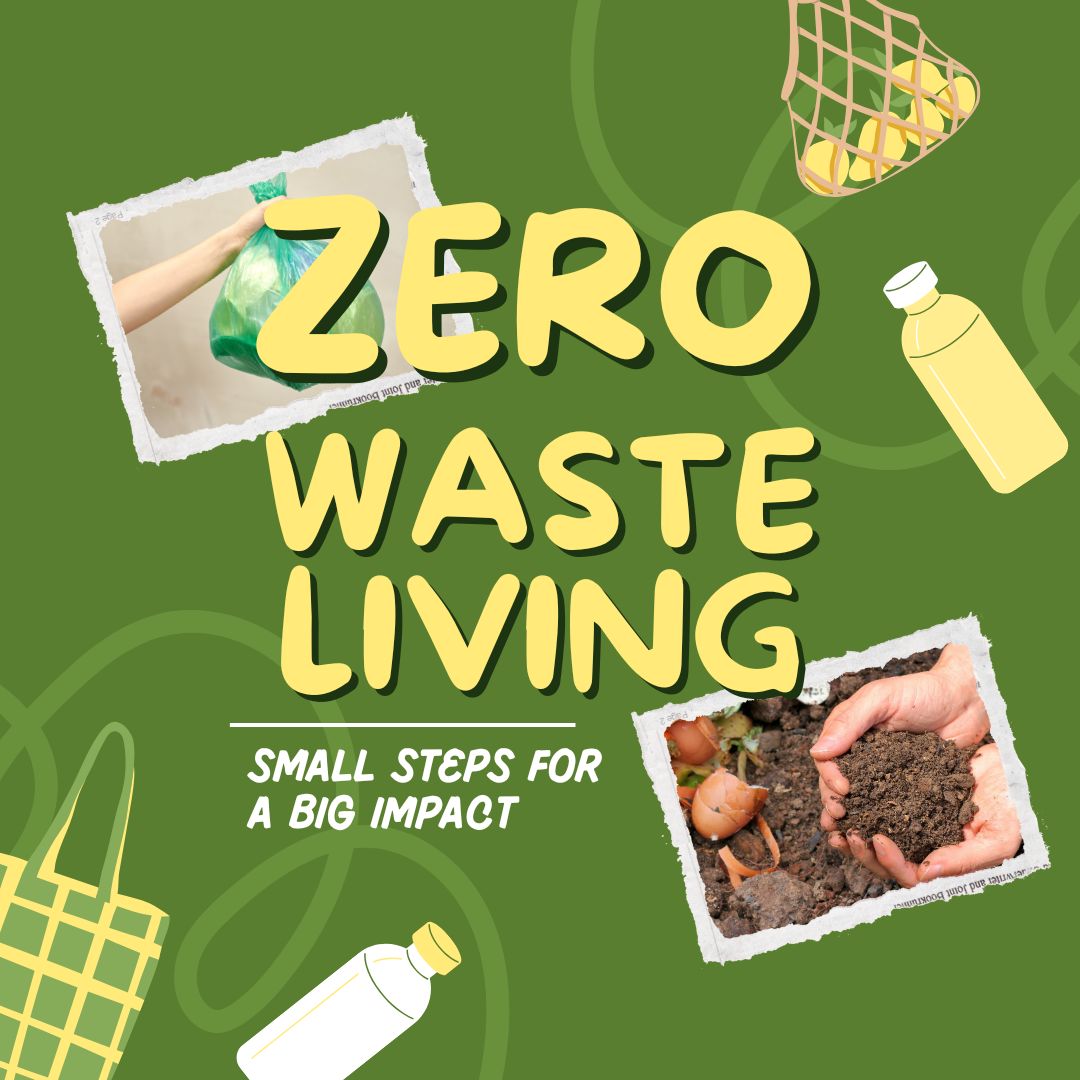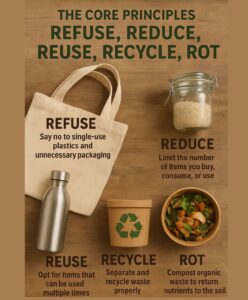Understanding the Basics of Zero-Waste Living

In recent years, zero-waste living has emerged as more than just a trend—it’s a lifestyle rooted in environmental responsibility and mindful consumption. At its core, zero-waste living is about reducing the amount of waste we generate and rethinking the way we use resources in our daily lives. While the idea may seem daunting at first, understanding the basics can make the journey toward zero-waste both practical and rewarding.
Living with less waste isn’t about perfection—it’s about making mindful choices today that protect our planet for tomorrow.
What Is Zero-Waste Living?
Zero-waste living is a philosophy and lifestyle that encourages individuals to minimize the waste they produce, ultimately striving for nothing to be sent to landfills, incinerators, or the ocean. The goal is not necessarily to produce zero waste instantly but to reduce waste gradually through thoughtful habits, conscious choices, and sustainable alternatives. This approach promotes sustainability, reduces environmental pollution, and encourages a more intentional way of living.
The Core Principles: Refuse, Reduce, Reuse, Recycle, Rot
A helpful framework for understanding zero-waste living is the “5 R’s”:
-
Refuse – Say no to single-use plastics, unnecessary packaging, and products that harm the environment. This could include plastic straws, disposable utensils, or promotional freebies that you don’t need.
-
Reduce – Limit the number of items you buy, consume, or use. Prioritize quality over quantity and avoid overconsumption.
-
Reuse – Opt for items that can be used multiple times. Examples include reusable shopping bags, glass jars, stainless steel bottles, and cloth napkins.
-
Recycle – While recycling is important, it should be the last resort after refusing, reducing, and reusing. Properly separating and recycling waste ensures materials can be processed effectively.
-
Rot – Compost organic waste such as food scraps and garden clippings to return nutrients to the soil instead of sending them to landfills.


Practical Steps to Begin
Starting your zero-waste journey doesn’t require a complete lifestyle overhaul. Small, consistent changes make a significant impact over time. Begin by carrying a reusable water bottle and coffee cup, shopping with cloth bags, and buying loose produce instead of pre-packaged options. Gradually, you can explore bulk shopping, homemade cleaning products, and DIY personal care items.
Additionally, consider the life cycle of products before purchasing. Choose durable, repairable, and eco-friendly options that reduce waste in the long term. Supporting local and sustainable brands also helps reduce your carbon footprint and encourages environmentally conscious production practices.
The Benefits of Zero-Waste Living
Beyond the environmental impact, zero-waste living can lead to a simpler, more organized lifestyle. Fewer disposable items mean less clutter, and conscious consumption often results in financial savings. Many people also find that living zero-waste increases mindfulness, making them more aware of their habits and the effect they have on the planet.
Final Thoughts
Zero-waste living is not about perfection—it’s about progress. Every small change, from refusing a plastic bag to composting food scraps, contributes to a healthier planet. By understanding the basics and taking gradual steps, anyone can adopt a zero-waste lifestyle and help create a sustainable future for generations to come.
